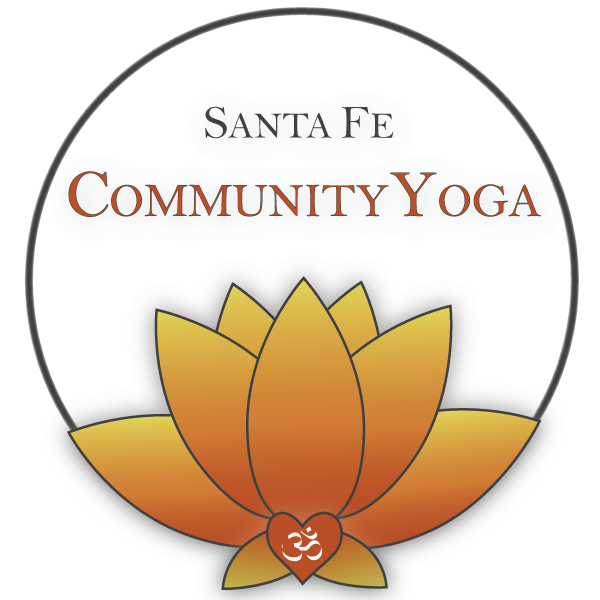Blog Post written by Eliza Skye
“Life doesn’t get easier or more forgiving, we get stronger and more resilient.”
Resilience is the ability to recover from situations that challenge us. Challenges are a part of life’s changing nature, and no matter how we carry ourselves, we will occasionally run into these trials. We can choose to meet difficulties in a number of ways, but resilience will allow us to emerge from them in a more powerful place. Resilience is not a trait that people either do or do not have. To be human is to be resilient. We cultivate resilience by developing specific behaviors, thoughts and actions that any human being is capable of. This does not mean that the path will be easy. In fact, the path of resilience is often riddled with obstacles and distress. However, we flourish when we choose to learn from those obstacles and not let the distress overcome our innate sense of joy. Meditation and spiritual practices, which we nurture in yoga classes, help improve the ease with which we can cultivate the trust that resilience requires from us. Spirituality relies on a deep trust in a higher meaning, especially as we witness suffering. A regular yoga practice teaches us how to control the body and the mind. We learn to be present with uncomfortable thoughts and physical sensations in the body. We also learn how to rise above them, into a place of the contented witness. These practices can facilitate a more holistic view of the world, the future, and the power we have in creating our own happiness.
Dhanurasana (Bow Pose)
Dhanurasana is named Bow Pose because the body looks like an archer’s bow, with the arms mirroring the strings. The reason dhanurasana can be such an intense pose is that it is a back bend that works against gravity. Instead of dropping into the pose, you must lift and engage the entire body to hold yourself upright. All backbends activate the Sympathetic Nervous System, which is known as the Stress Response. While chronic stress is never beneficial, putting the body into a stressful pose and mindfully breathing through it can be a very healthy practice. It teaches us about our physical resilience. All backbends are heart and chest openers, which helps undo the regular forward-reaching shapes we take in our daily lives. Other benefits include a deep stretch to the thighs and psoas, strengthening in the back muscles, and a gentle massage on the internal organs. Remember that you are ultimately in charge of how intense dhanurasana can become, so only go to your own edge in this pose and take breaks whenever you need to.
Shivalinga Mudra
Shivalinga Mudra is also called the Mudra of Resilience. The shape the hands create is similar to a mortar and pestle. The left hand is the mortar, with the fingers cupped together in front of the abdomen. The right hand rests in the bowl that the left hand makes, with the right thumb extended toward the sky. After finding this shape, call to mind a situation that tests the strength of your resilience and mentally place it into the left hand. Slowly begin to circle the right hand, “grinding” that thing away. You can even blow away the imaginary dust that is left behind in your left hand bowl. The right hand also represents the masculine and destructive force of Shiva. Destruction is an aspect of change, however unpleasant the word feels to us. In order to enact a conscious change, we can choose to take charge of what we would like to destroy. In addition to cultivating resilience, this mudra helps alleviate depression and increase energy. You can do it as often as you like, though it is recommended to practice Shivalinga Mudra twice a day for four minutes.





